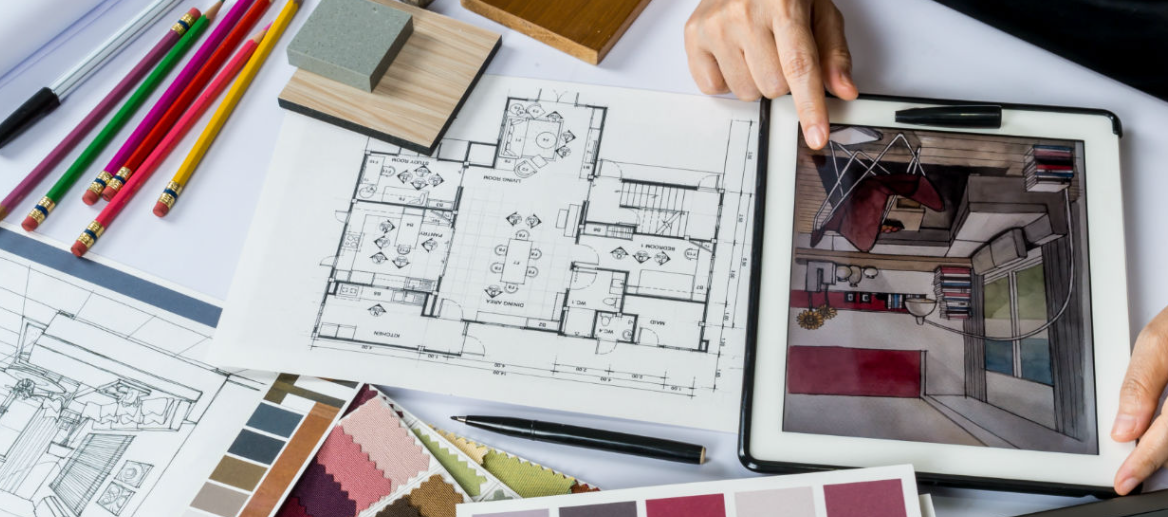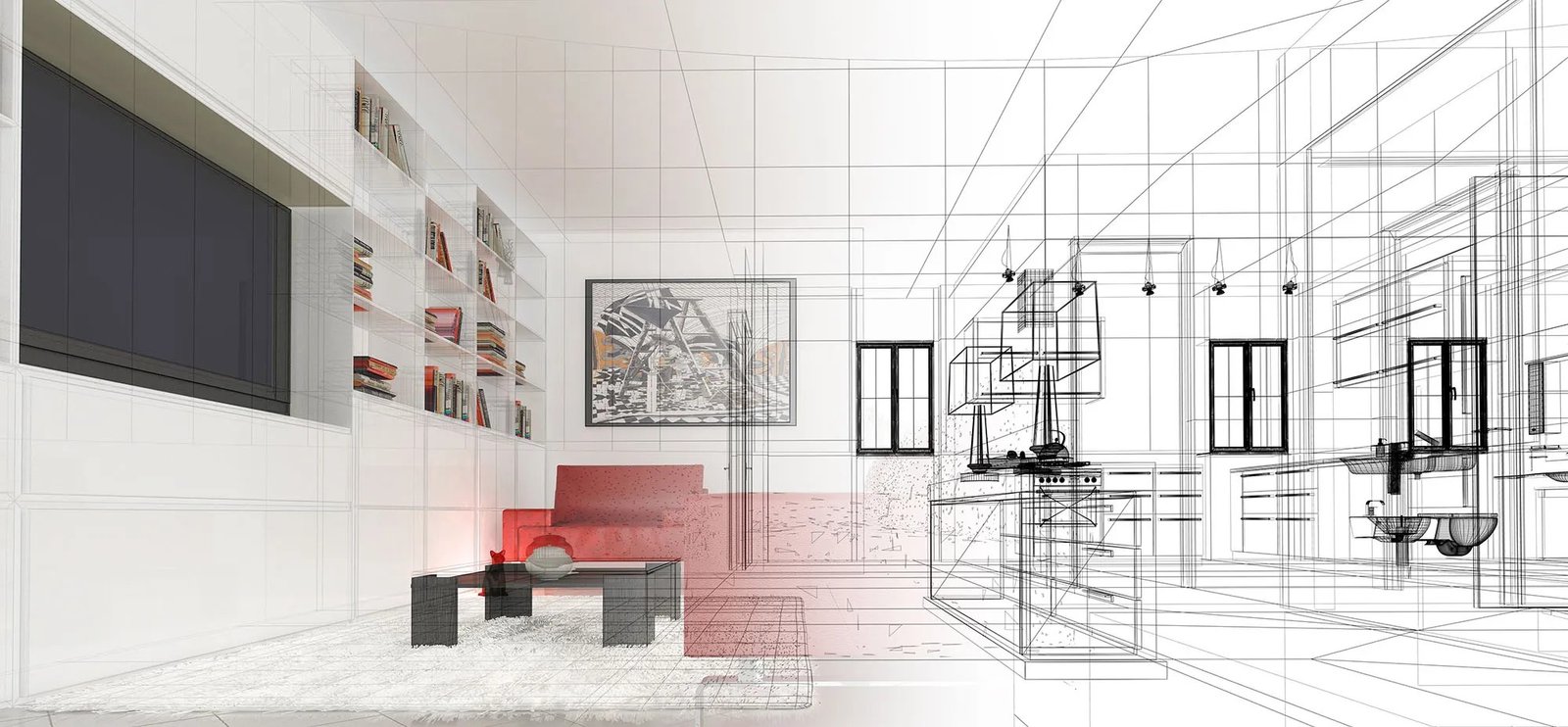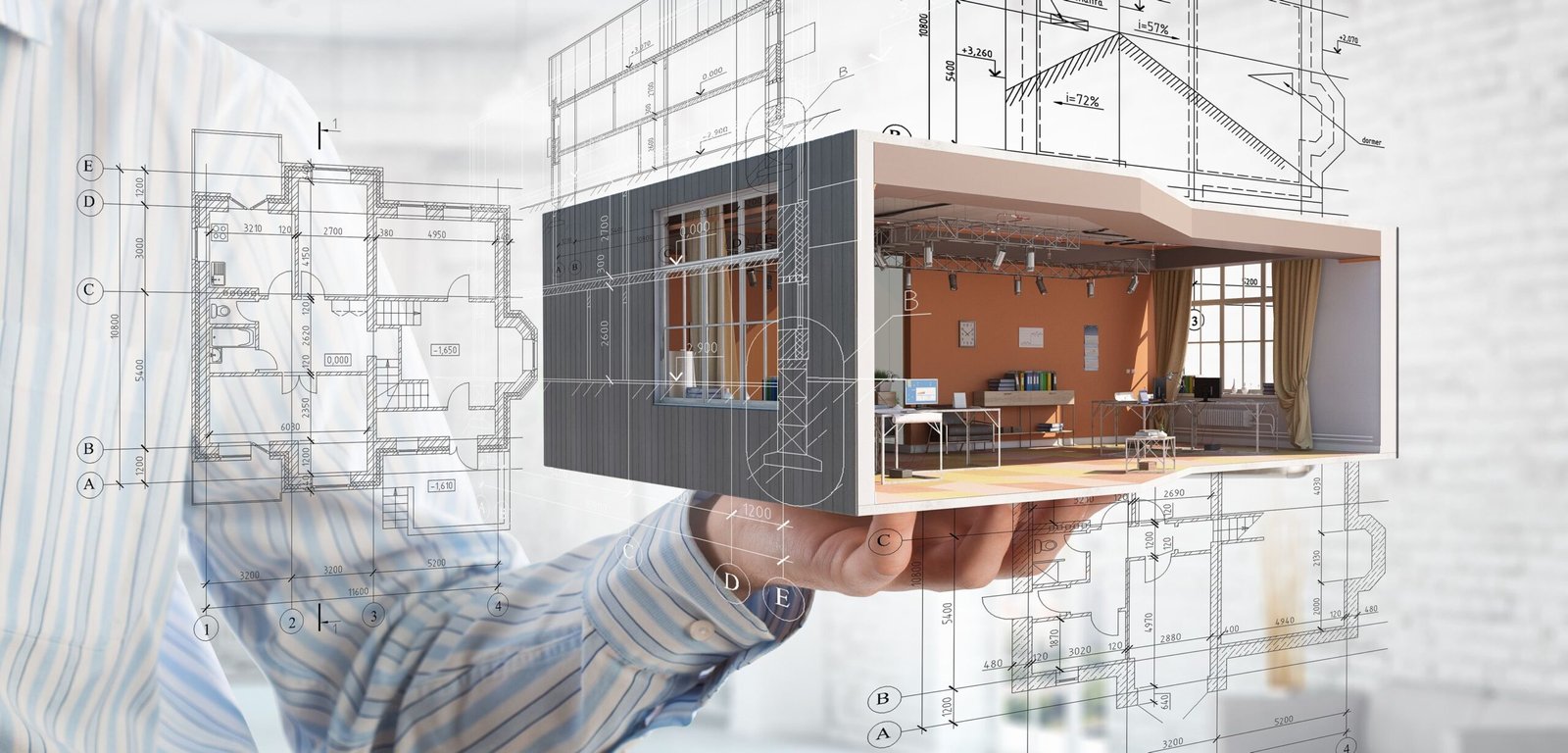


Urban planning focuses on analyzing site characteristics to make decisions about land use, infrastructure, and architectural design. Urban planning also includes planning land uses in a balanced manner to achieve a balance between uses, and designing buildings and spaces to achieve architectural, environmental, and functional quality. Urban design takes into account visual coordination, environmental comfort, sustainability, and permeability factors.
Site characteristics analysis is the first step in the urban planning process. All factors affecting the site must be studied, such as topography, geology, climate, natural environment, and socio-economic environment. Strengths, weaknesses, opportunities, and challenges that may face urban development are also identified. This comprehensive analysis enables planners to make sound decisions about land use, infrastructure, and architectural design.
Based on the results of the site characteristics analysis, land uses are planned in a balanced and integrated manner. This includes identifying residential, commercial, industrial, service, recreational, and other areas. Road and transportation networks and the distribution of public services are also planned. This planning takes into account achieving a balance between different uses and providing equal opportunities for residents. Compatibility with national and regional development policies and strategies is also taken into account.
In addition to land use planning, urban planning is concerned with the design of buildings and spaces. This includes determining the types and shapes of buildings, their spatial distribution, their heights, green spaces and public spaces. The design also takes into account achieving architectural, environmental and functional quality. This requires taking into account factors such as visual coordination, environmental comfort, sustainability, permeability and accessibility for all. These components are an essential part of urban site planning.
مرحلة تحليل المشروع ودراسته: في هذه المرحلة، يتم إجراء تحليل شامل لمتطلبات المشروع ودراستها بعمق. يتضمن ذلك تحديد أهداف المشروع وتحديد المخاطر المحتملة واستكشاف العوامل البيئية والمالية التي قد تؤثر على تنفيذ المشروع بنجاح.


مرحلة تصميم المشروع: خلال هذه المرحلة، يتم تطوير التصاميم الإبداعية والوظيفية التي تلبي متطلبات العميل. يشمل ذلك رسم الرسومات الفنية وتحديد المواد والألوان المناسبة لتنفيذ المشروع بأعلى مستوى من الجودة والجمالية.
مرحلة تسليم تصميم المشروع: في هذه المرحلة، يتم تقديم التصميمات النهائية للعميل للمراجعة والموافقة. يتم التعامل مع أي تعديلات محتملة وضمان توافق التصميم مع رؤية العميل واحتياجاته.


مرحلة تنفيذ المشروع: تعد هذه المرحلة هي نقطة الانطلاق الفعلية لتحويل التصميمات إلى واقع. يتم تنفيذ جميع الأعمال اللازمة بدقة وفقًا للمواصفات والجداول الزمنية المحددة، مع التركيز على الجودة والاتساق.
Al-Abrar company for general contracting, design and implementation of Interior and exterior designs and decorations is a specialized company in the field of contracting and design . We have a qualified and specialized team in the field of contracting and design, as they possess experience and high efficiency in this field. We always strive to develop ourselves and improve our services by following the latest technologies and materials used in design and execution.
alaprarbelieve that the quality of the corporate activities depends on the quality of the employees, that’s why alapraris actively engaged in human resource development.
Al-Abrar Interior and Exterior Design Company in the Kingdom of Saudi Arabia is a leading firm in the field of...
Al-Abrar Interior and Exterior Design Company in the Kingdom of Saudi Arabia is a leading firm in the field of...
Al-Abrar Interior and Exterior Design Company in the Kingdom of Saudi Arabia is a leading firm in the field of...
Al-Abrar Interior and Exterior Design Company in the Kingdom of Saudi Arabia is a leading firm in the field of...